Getting outside more often is great in theory.
But the reality of poison ivy and ticks can create anxiety or even keep people inside.
However, experiencing nature is good for us both mentally and physically. So here are some ideas to help manage a few of nature’s more challenging plants and animals.
Animals
Bee and Wasp Stings
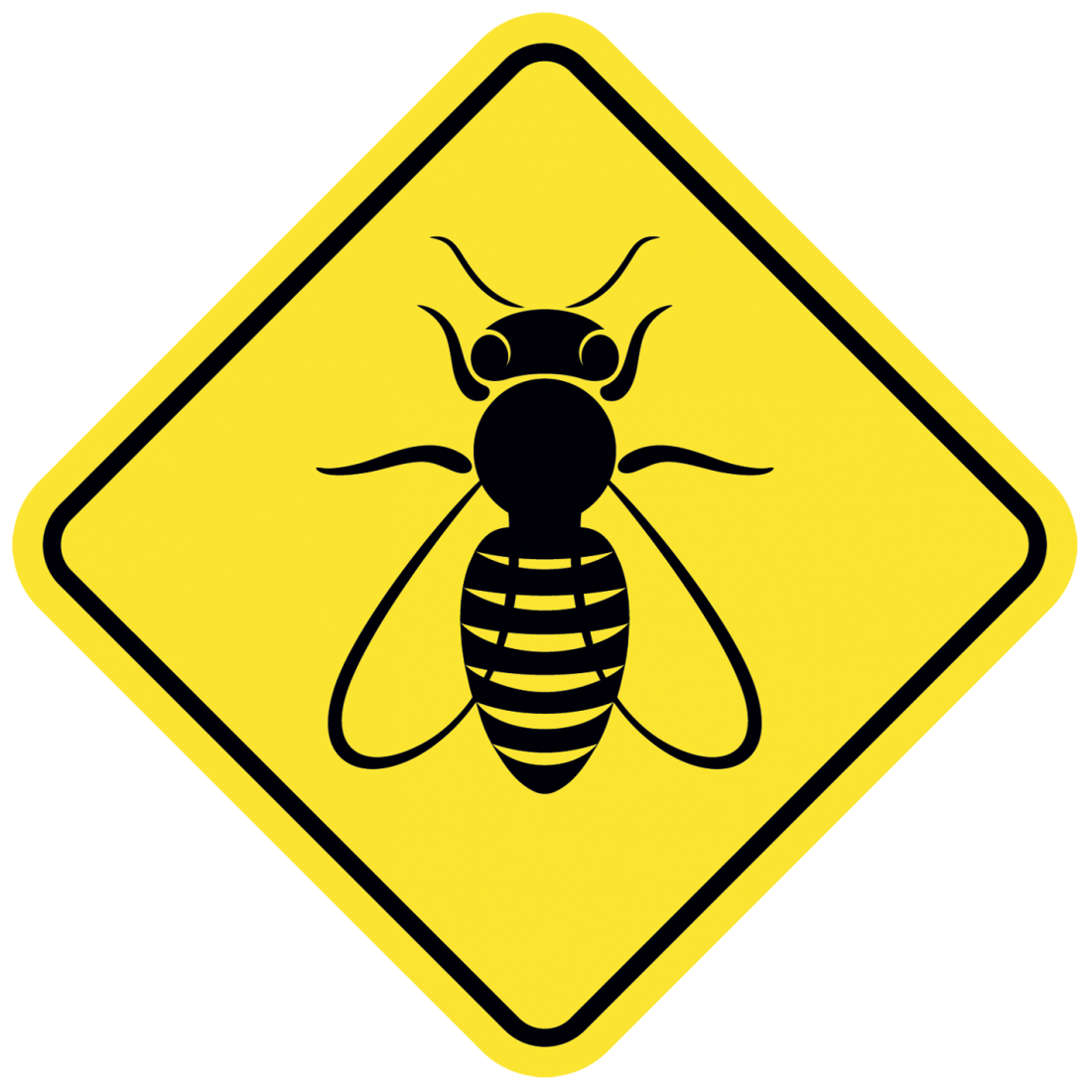
Need a trick that works wonders to calm painful stings in seconds? Find some plantain leaves! Plantain is a common weed found in lawns and other open places. Two species that can be found across Canada are Common Plantain and Narrow-leaved Plantain. Common Plantain (Plantago major) has wide leaves with heavily ribbed veins, while Narrow-leaved Plantain (Plantago lanceolate) has, you guessed it, narrow leaves!
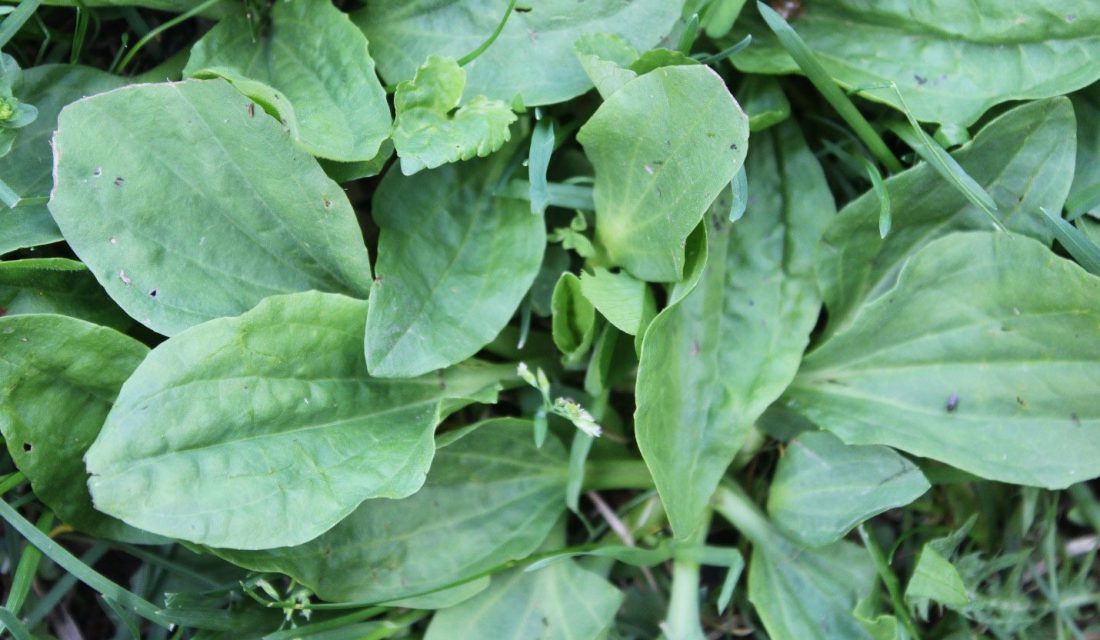
Ensure the leaf is clean, put it in your mouth and chew it enough to allow the inner portion of the leaf to be exposed. Apply the chewed leaf to the area affected by the sting and watch how quickly it starts to soothe the irritation. This often works within a minute or two, but if the sting is extra bad you may need to leave the leaf on for a few minutes and possibly apply a fresh leaf if needed.
In addition to being used for stings, plantain poultices can be used for cuts, burns and other skin irritations. Learn more about plantain.
Ticks
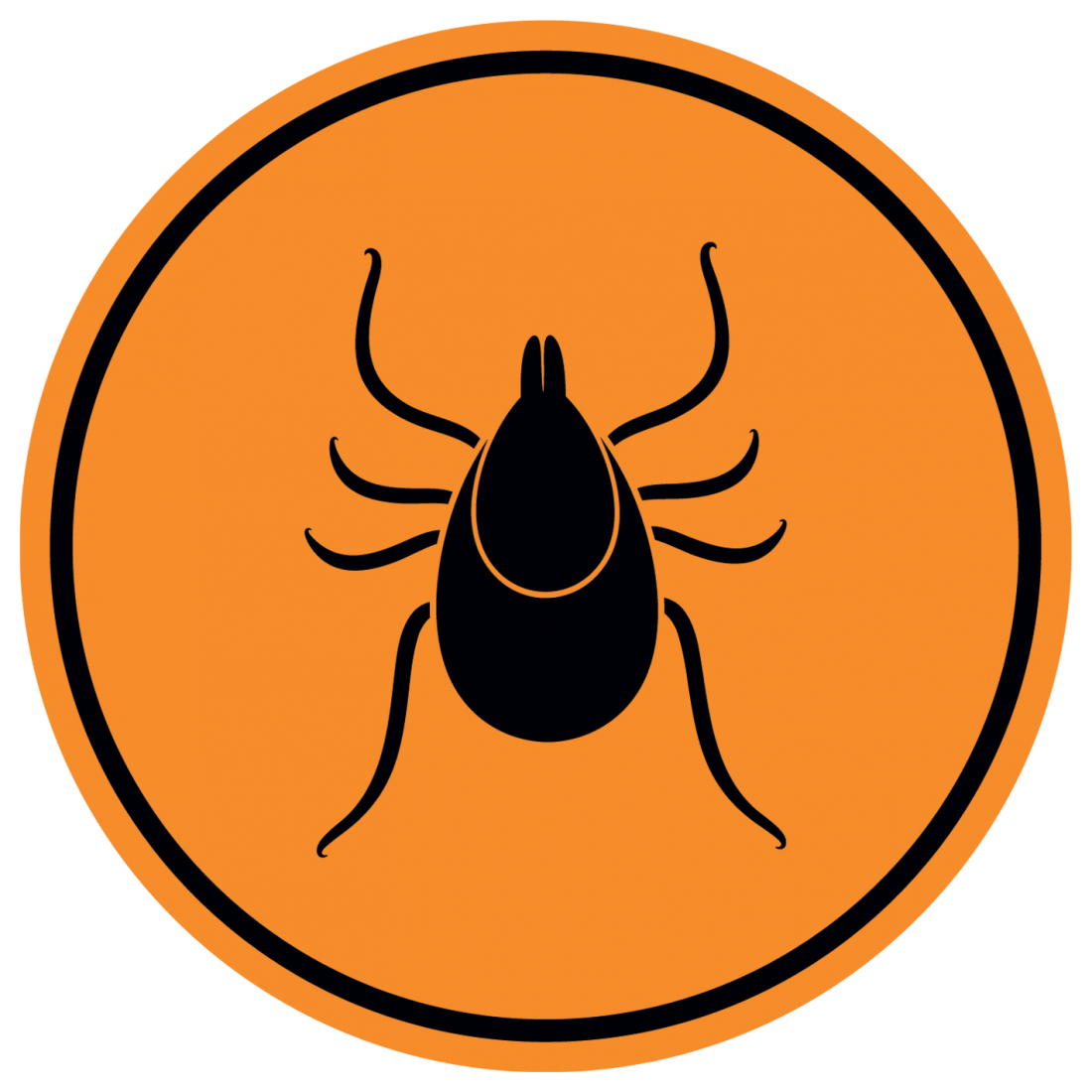
You can help prevent ticks from getting on your skin by covering up, wearing closed-toe shoes and tucking your pants inside your socks. Wear light-coloured clothing to make spotting ticks easier. Where possible, stay on dry, open paths, such as rocky or sandy areas, rather than paths with long brush that ticks can hide in.
For repellent, bug sprays that contain DEET or picaridin are considered strong enough to do the trick. If you want a more natural option, many believe cedar oil to be effective (cedar oil is the key ingredient in certain repellent products).
Studies have shown that geranium essential oil can also repel certain ticks, and it can be diluted in water to make a spray for clothes and skin. Start by doing a patch test on a small area of skin to ensure your skin doesn’t react to the oil. If you are going to be outside for long periods, bring the spray with you and reapply often.
Once home, check for ticks and shower as soon as possible. It is also a good idea to put clothes (and any gear like knapsacks) in the dryer on high heat for at least 10 minutes.
Here is more information to help you deal with ticks:
Plants
Poison Ivy
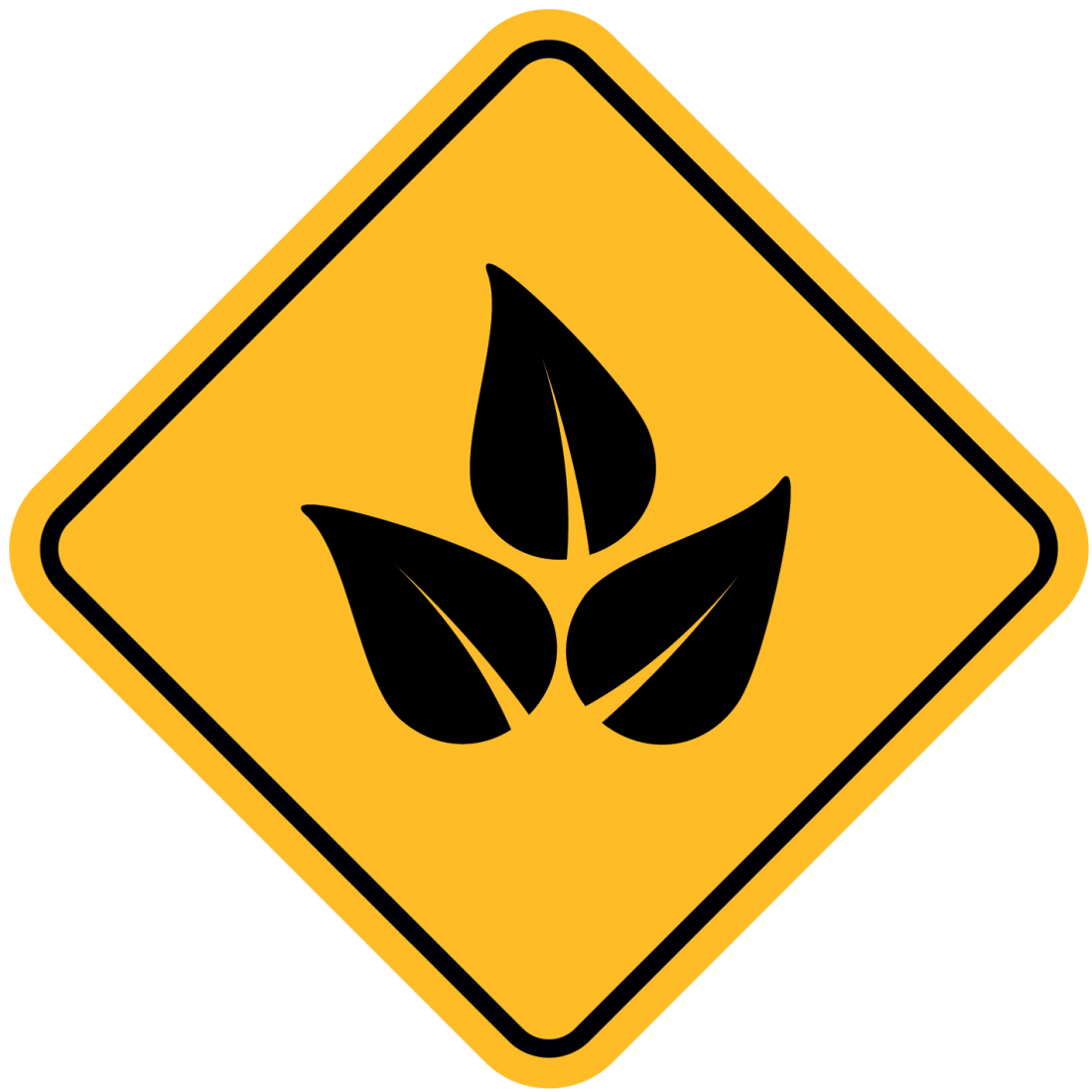
Learn to recognize poison ivy, then share that knowledge with your kids. Poison ivy has three leaves that can vary in shape as well as edging – sometimes the edges are smooth, sometimes wavy. Poison ivy plants have woody stems that don’t grow very high and can be easily overlooked when bare, but you should still be careful – the same oil found in the leaves is also present in the stem (and roots).
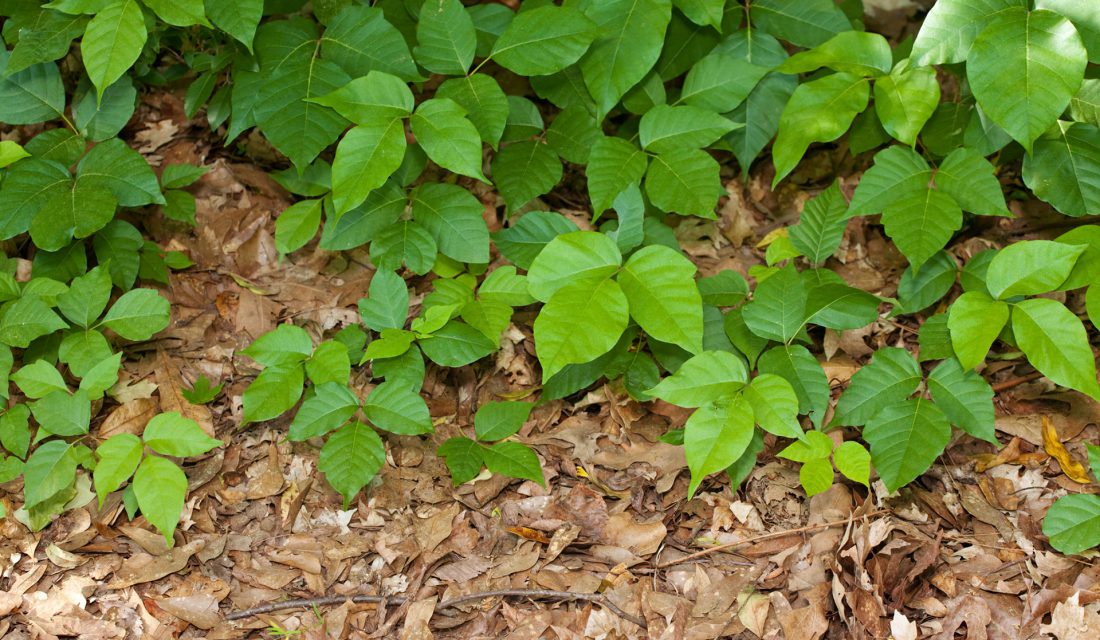
Not everyone reacts to poison ivy, but that can change over time, so if you suspect you have the oil on your clothes, get them in the wash as soon as possible. This will also help prevent the oil from affecting anyone else who comes into contact with your clothing.
Nature has provided the perfect plant to prevent poison ivy rashes. If your skin comes into contact with poison ivy, look for jewelweed, a native plant that grows in damp areas. It has a soft hollow stem and bright orange flowers that hang individually, with an opening at the side of each flower. If the plant is in seed, the capsule is only about one or two centimeters long and rather narrow. If the seeds are ripe, the pod will spring open when you touch it (kind of fun to do whether or not you are with kids!).
To treat poison ivy, break open the jewelweed’s stem and gently rub the open side of the stem along your skin to get the juice in contact with the affected area. This is known to work so well that if you apply jewelweed soon enough after contact, you likely won’t have a reaction to the poison ivy.
Stinging Nettle

If your bare skin brushes up against this native plant, you will likely feel a stinging, burning or tingling sensation soon after. The stronger the touch (i.e. if you grab it versus lightly passing by it), the more intense the reaction. Some people can blister with even mild contact. The reaction can last anywhere from a few hours to a few days.
The cause of this reaction is the tiny hairs found on Stinging Nettle’s leaves and stems. If nettles come into contact with your clothes, however, don’t worry – unlike with poison ivy, this plant’s oil will not remain on clothing. If your skin comes into contact with Stinging Nettle, look for jewelweed for some relief. See Poison Ivy (above) for details on using jewelweed.
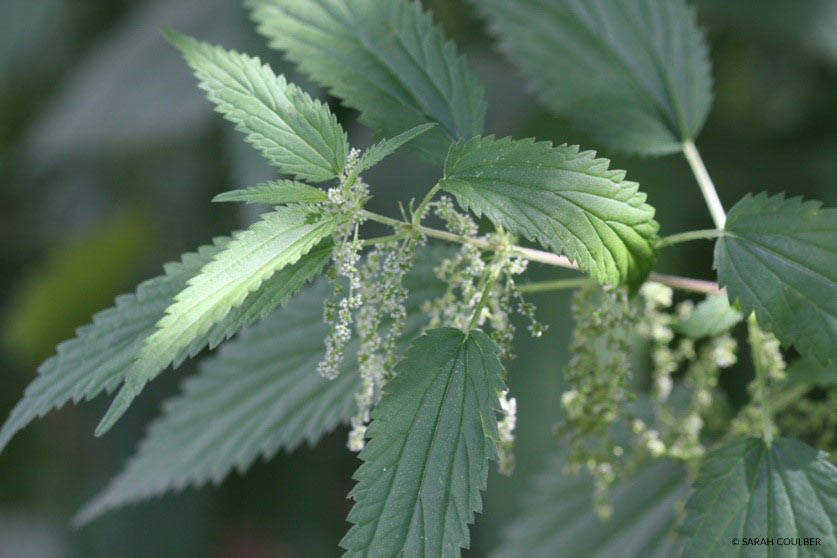
If you have nettles growing on your property, you may wish to look at them in a new light. They are high in vitamins, minerals and protein, and they can be added to soups or mixed with peppermint and stevia for tea. Read more on how to safely harvest this plant and put it to good use >
With any of these plants, if you experience extreme symptoms or the reaction lasts for an extended period of time, consult your doctor.

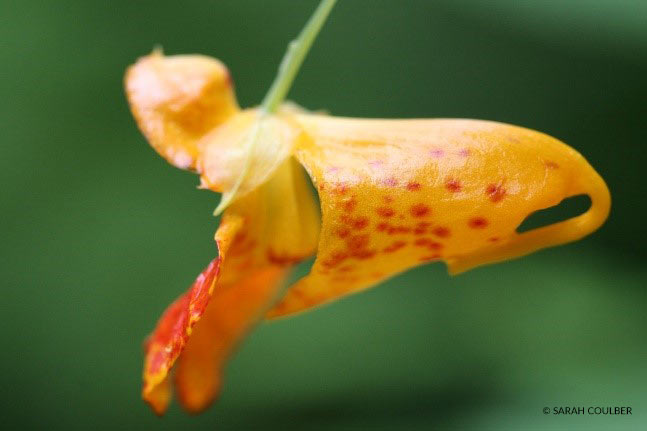
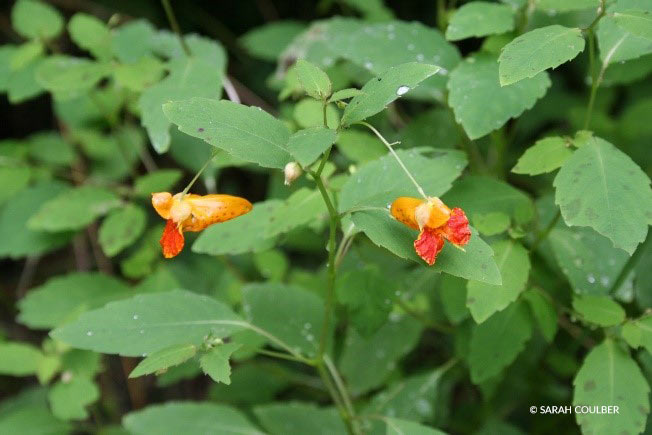

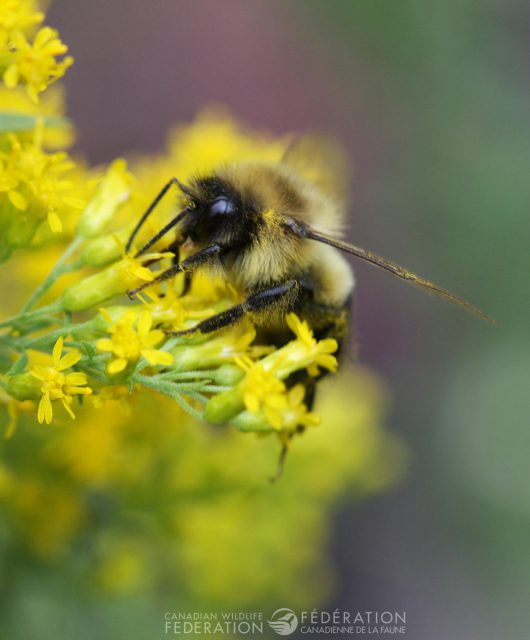


1 comment
My sister and I are planning to rent a cabin in New Ulm Texas, and explore the wildlife there. Thankfully you were able to share here that plantain leaves may help get if of the painful stings that we may obtain from walking in the woods. We’ll also keep in mind to be more observant and look out for any poison ivy.